Utah is a hidden gem. This state contains so many treasures you don’t want to miss. Within the same week, you can walk through quiet and cute historic downtowns, hike red canyons and mountains, and explore national and state parks.
So, what is Utah like? Before we dive into the 16 must-see destinations in Utah right now, let’s learn more about this landlocked Western state. Utah is a large, squarish state bordered by Arizona, Nevada, Idaho, New Mexico, and Wyoming. The state has a surface area of 84,899 square miles and about 3% is water. Utah is about 350 miles long and 270 miles wide with the highest elevation being 13,534 feet.
Utah is home to around 3 million people. The largest city in Utah by population is Salt Lake City, which is also the state capital. Other large cities include West Valley City, St. George, Provo, and West Jordan.
This lovely state might be landlocked, but there is so much to do. Within Utah alone there are five national parks. The state also has 11 national monuments, historic sites, and recreation areas. Only California and Alaska have more. (Click here to discover 20 must-see destinations in California right now.)
To curate this list of must-see destinations in Utah right now, 24/7 Tempo scoured the internet for local and national travel sources, including TripAdvisor, U.S. News Travel, and Visit Utah. This list could have been endless as there is so much to see in Utah. To keep the list short and sweet, we focused most of our research on outdoor places.
Arches National Park
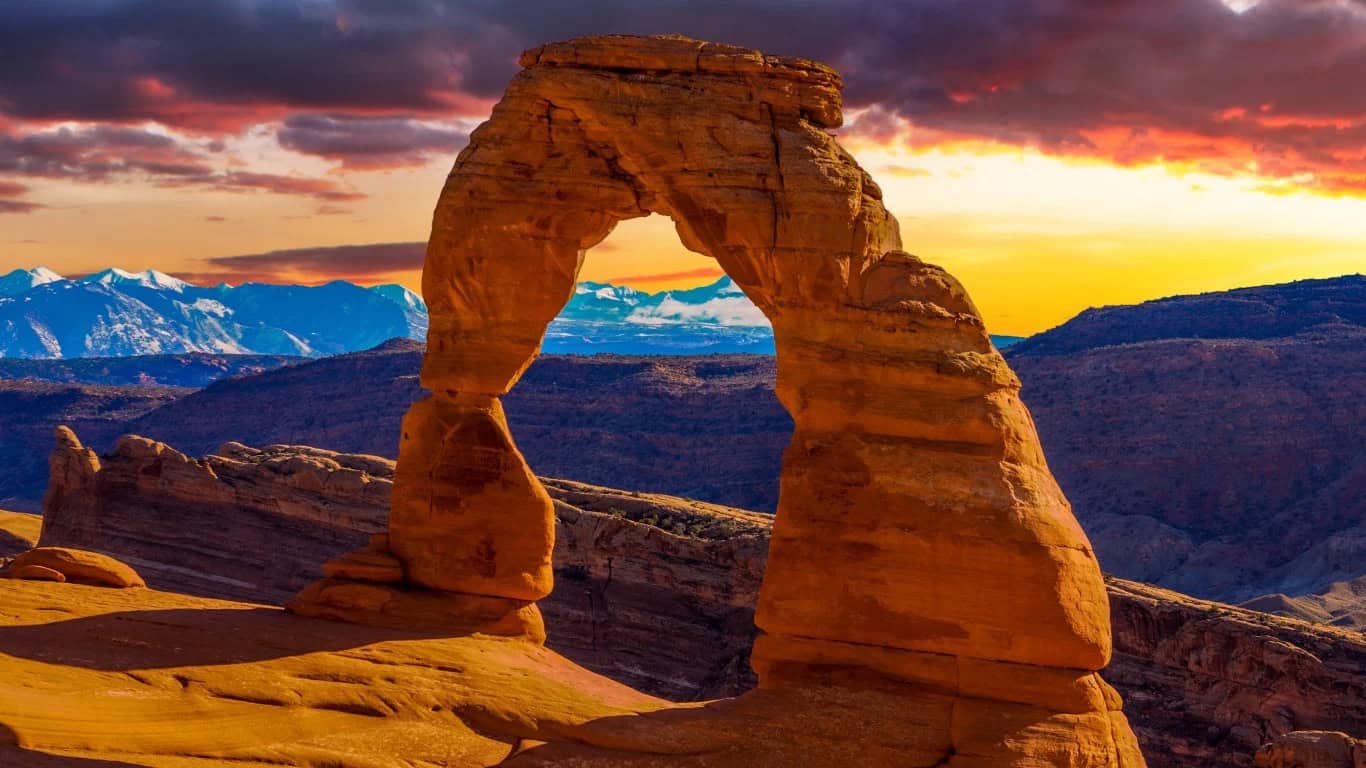
How could we not start with Arches National Park? This underrated national park has a surface area of 76,679 acres. It was first established as a national monument on April 12, 1929. Although not the most popular national park in the country, it still receives over 1.4 million yearly visitors.
Arches National Park has a lot to offer. While here, you can hike, bike, rock climb, bird watch, view wildlife, and camping. This national park also offers some of the best star gazing in the country as the park has little to no light pollution. Visitors might be lucky enough to see wildlife like desert bighorn sheep, mountain lions, kangaroo rats, evening primrose, and prickly pear cacti.
Bryce Canyon National Park
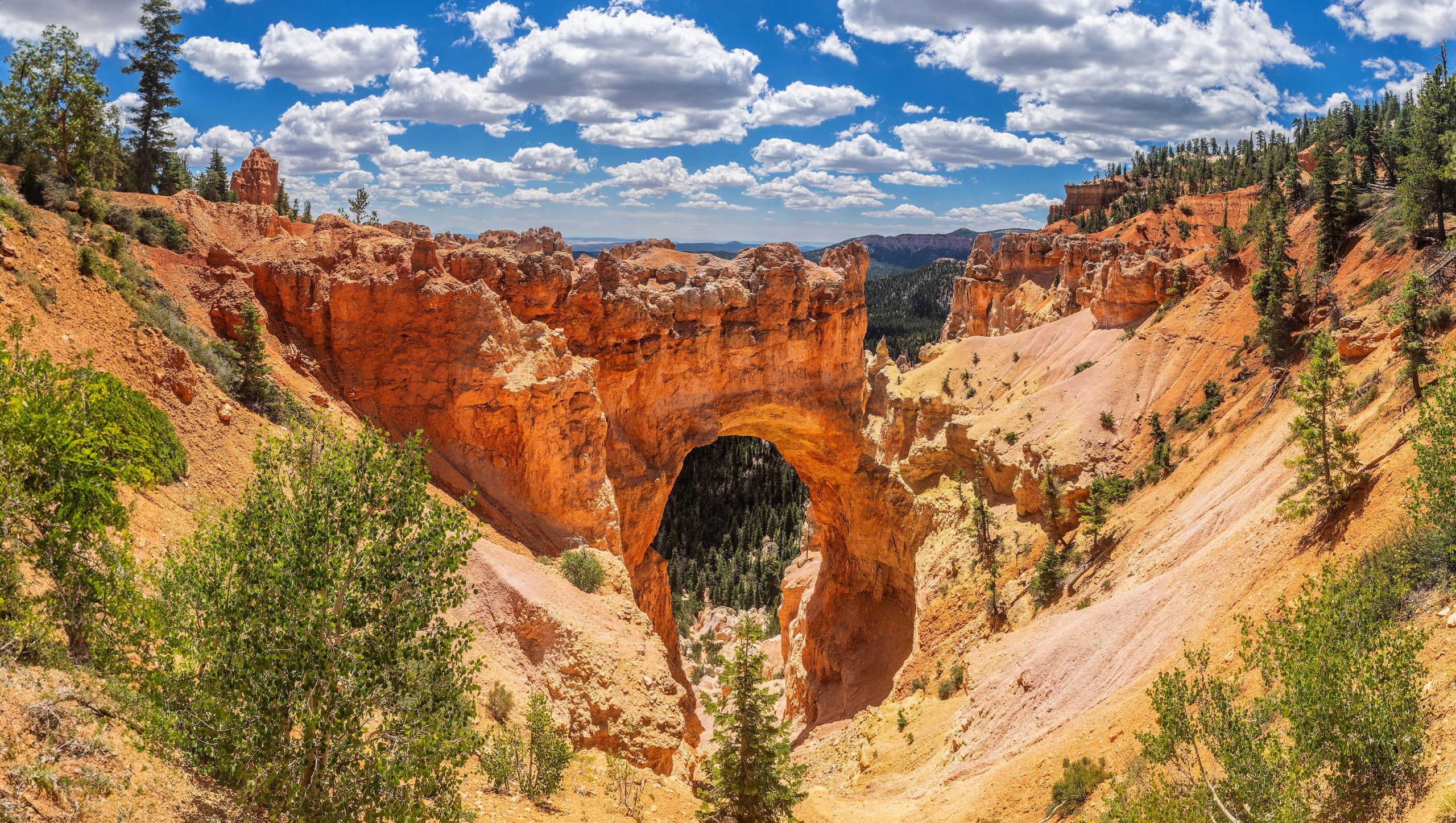
Next on our list of must-see destinations in Utah right now is Bryce Canyon National Park, another national park. Bryce Canyon National Park has a lot to offer. It’s located in Garfield County and Kane County, Utah, and has a surface area of 35,835 acres.
This lovely national park is busier than Arches National Park. It welcomes more than 2.3 million guests each year. Bryce Canyon National Park has a little bit of everything. So many formations stand within the national park including natural arches formed by erosion of sedimentary rocks.
Hiking is one of the most popular activities to do within Bryce Canyon National Park. A popular hiking trail is the Mossy Cave trail. It takes around an hour to complete.
Dead Horse Point State Park
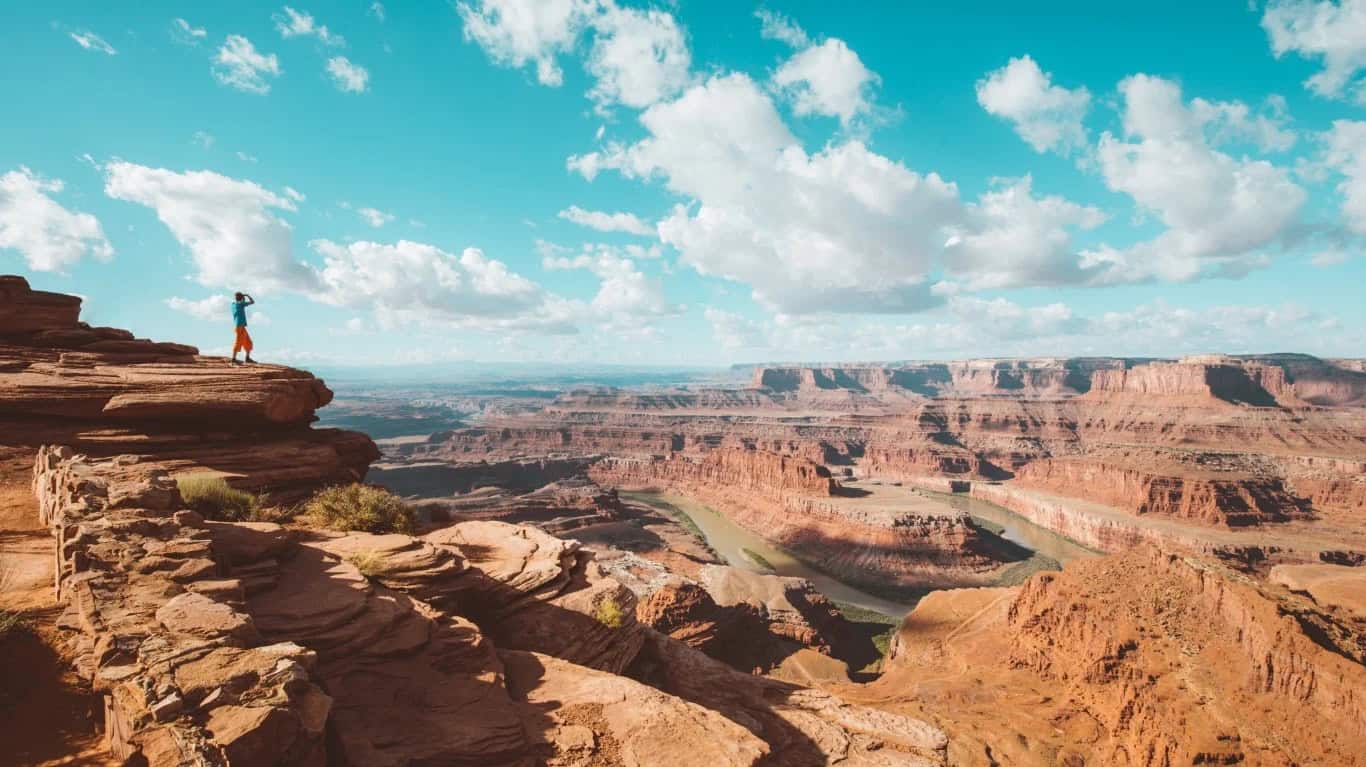
Taking a break from national parks, we have a state park, Dead Horse Point State Park. This incredible state park is in San Juan County, Utah. It offers stunning scenic views of the Colorado River and Canyonlands National Park. It has a surface area of 5,300 acres. The view alone is worth a trip.
This is a great must-see spot in Utah if you like low crowds. Dead Horse Point State Park sees fewer than 1 million visitors a year. Not only can you admire the state park’s stunning beauty at the overlooks, but also explore the visitor center and extend your stay by camping. Fun fact, multiple movies and TV series were filmed here, including “John Carter” and “Thelma & Louise.”
Canyonlands National Park

Since we’ve already mentioned Canyonlands National Park, we should dive more into it. Canyonlands National Park is yet another national park located in Utah. You can find it in San Juan, Wayne, Garfield, and Grand counties. This massive spot has a surface area of 337,598 acres. You need way more than just a day or two to explore Canyonlands National Park.
This is one of the quieter national parks in the state. In 2019, the park only saw around 700,000 visitors. Still, it’s worth a visit if you’re nearby. Canyonlands National Park is a great place to hike, bike, rock climb, and enjoy the water. Within this park, the Colorado and Green rivers combine. Nearly 300 bird species live within this park. If you bird watch, you may see bald eagles, woodpeckers, and great horned owls.
Zion National Park
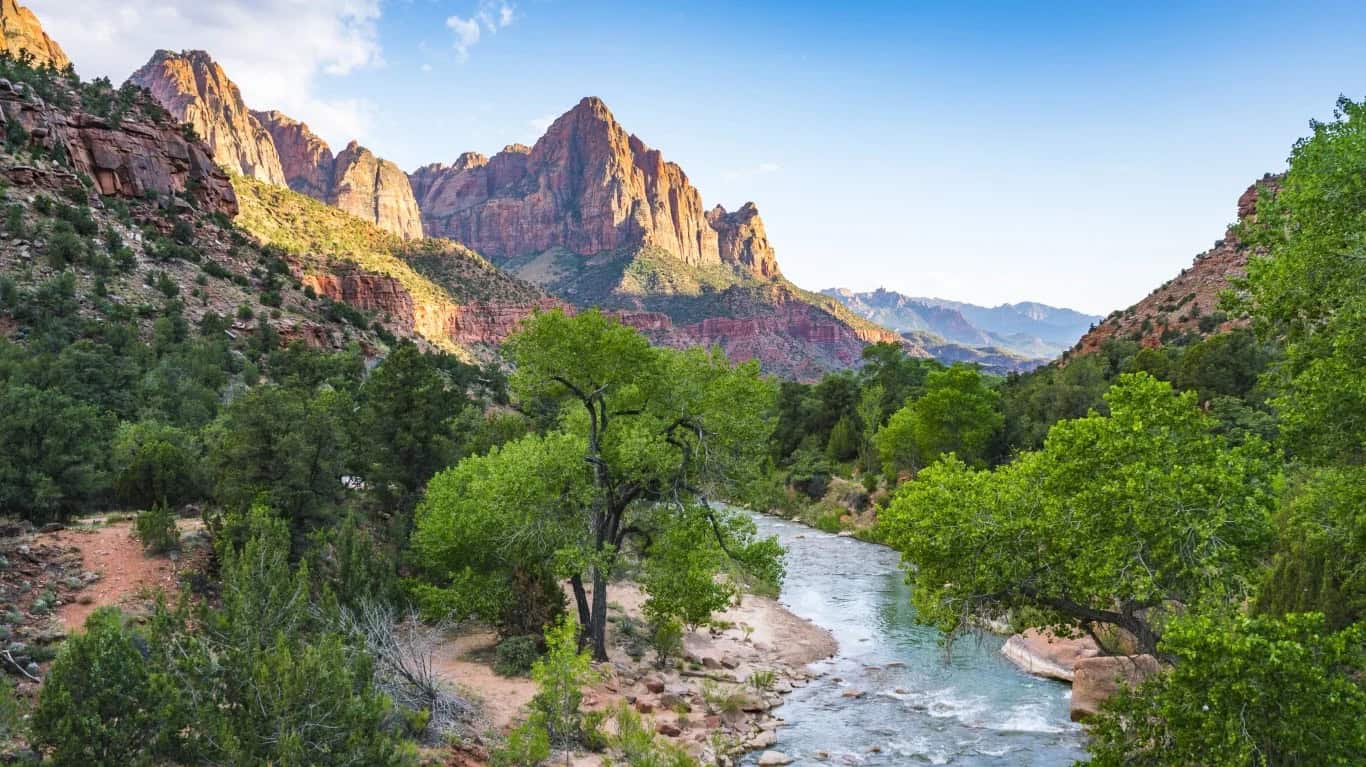
One of the more popular national parks in the state is Zion National Park. At its peak, it has seen nearly 5 million visitors. This national park is located in Washington, Kane, and Iron counties. The surface area of this park is 146,597 acres. The park has a long history, as it was established on November 19, 1919. Long before this area was a national park though people lived on the land. Over 8,000 years ago, the first humans lived and moved around in the park.
Zion National Park is known for its stunning desert geography. While here, you can find nearly 300 bird species and over 60 different types of mammals. Some animals you may encounter while visiting include collared lizards, mountain lions/cougars, mule deer, golden eagles, and desert bighorn sheep.
Moab
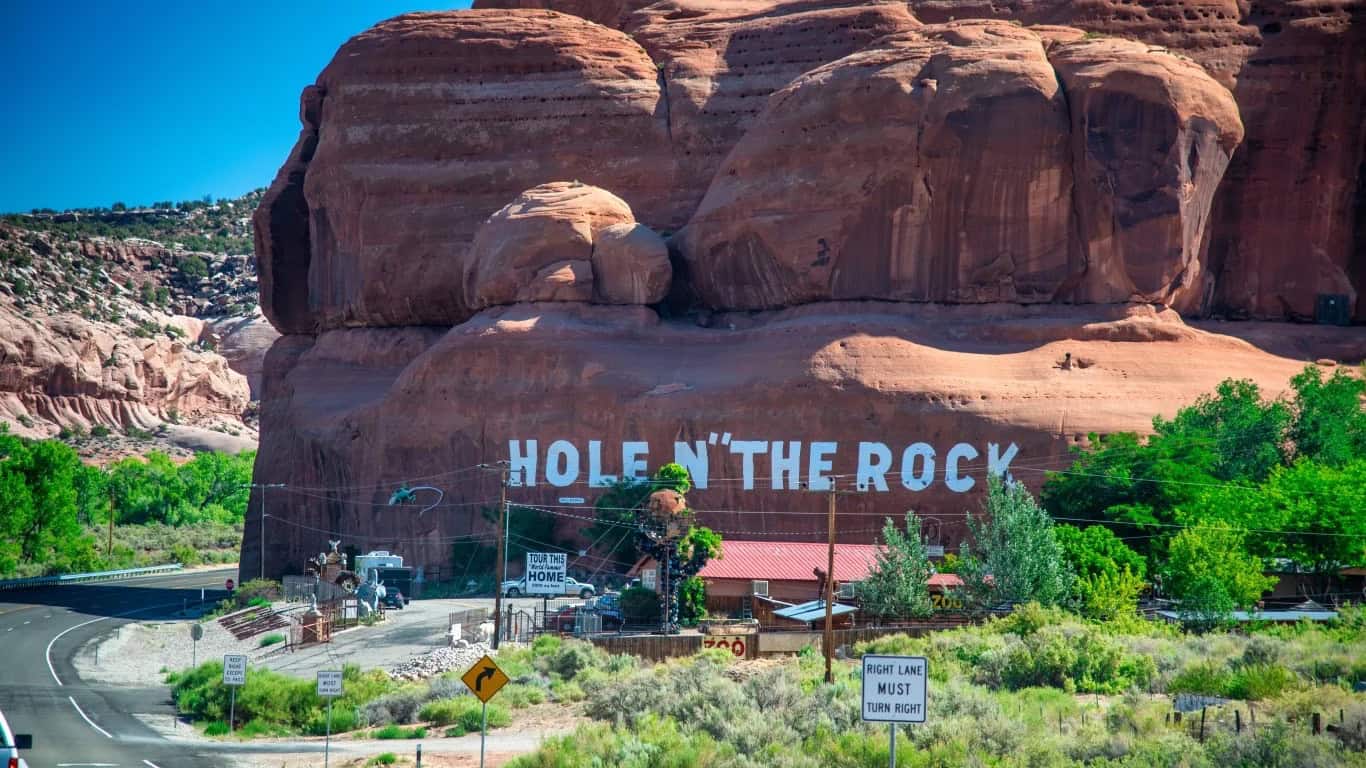
Another must-see destination in Utah is Moab. It’s a city in western Utah known and praised for its stunning scenery. Even walking or driving through the city is worth a visit. The surface area of Moab is 4.80 square miles. As of 2020, the city has a population of a little over 5,000.
Moab is a warm city in Utah. The highest recorded temperature in this city was 114°F. The record low was -24°F. Moab is full of things to do, it’s not just beloved for its beauty and scenery. For instance, Moab is full of vibrant yearly festivals like the Moab Music Festival, Moab Art Walk, and the Skinny Tire Festival.
Monument Valley
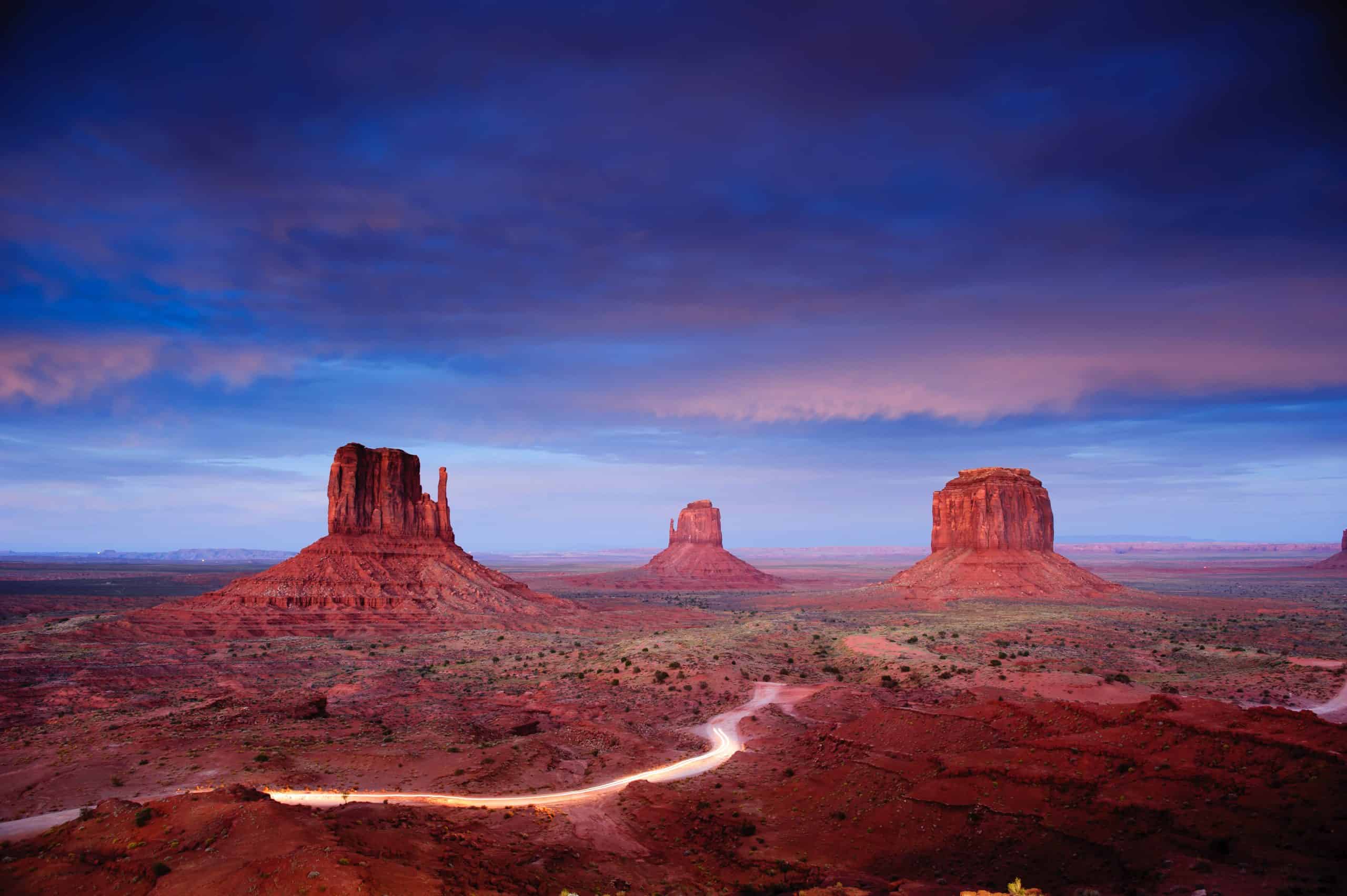
Have you ever heard of Monument Valley? It might not be a national park, but it could be with its beauty. This valley is a region of the Colorado Plateau known for its tall and stunning red-orange sandstone buttes. Some even reach up to 1,000 feet tall.
Monument Valley doesn’t just have beautiful geographic features but is also an important place for Native Americans. It’s considered sacred by the Navajo Nation. To visit, it’s best to go through Monument Valley Navajo Tribal Park for a small fee. While in the park, you can drive the iconic 17-mile loop in the valley. The elevation here is 5,564 feet above sea level. This park also spreads into Arizona and has a surface area of 91,696 acres.
Antelope Island State Park
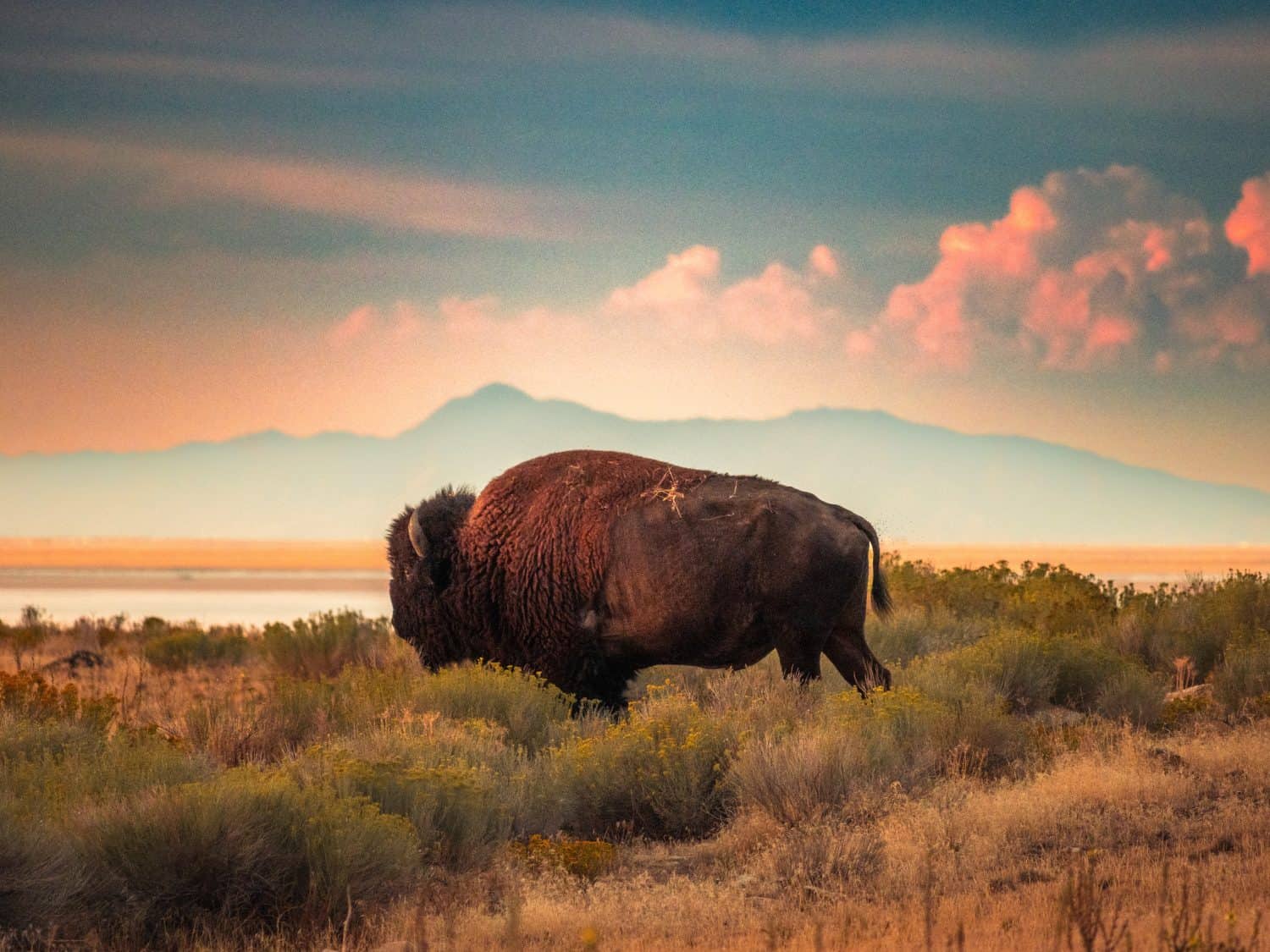
Sure, national parks are a must-visit, but so are some of Utah’s state parks. One of the most beautiful state parks in Utah is Antelope Island State Park. It’s located in Davis County, Utah. As the name suggests, it’s an island within the Great Salt Lake.
Possibly the first Europeans to encounter this island were John C. Frémont and Kit Carson in 1845. So many animals call this lovely protected island home including bighorn sheep, American bison, bobcats, mule deer, jackrabbits, black-necked stilts, and barn owls.
Utah State Capitol
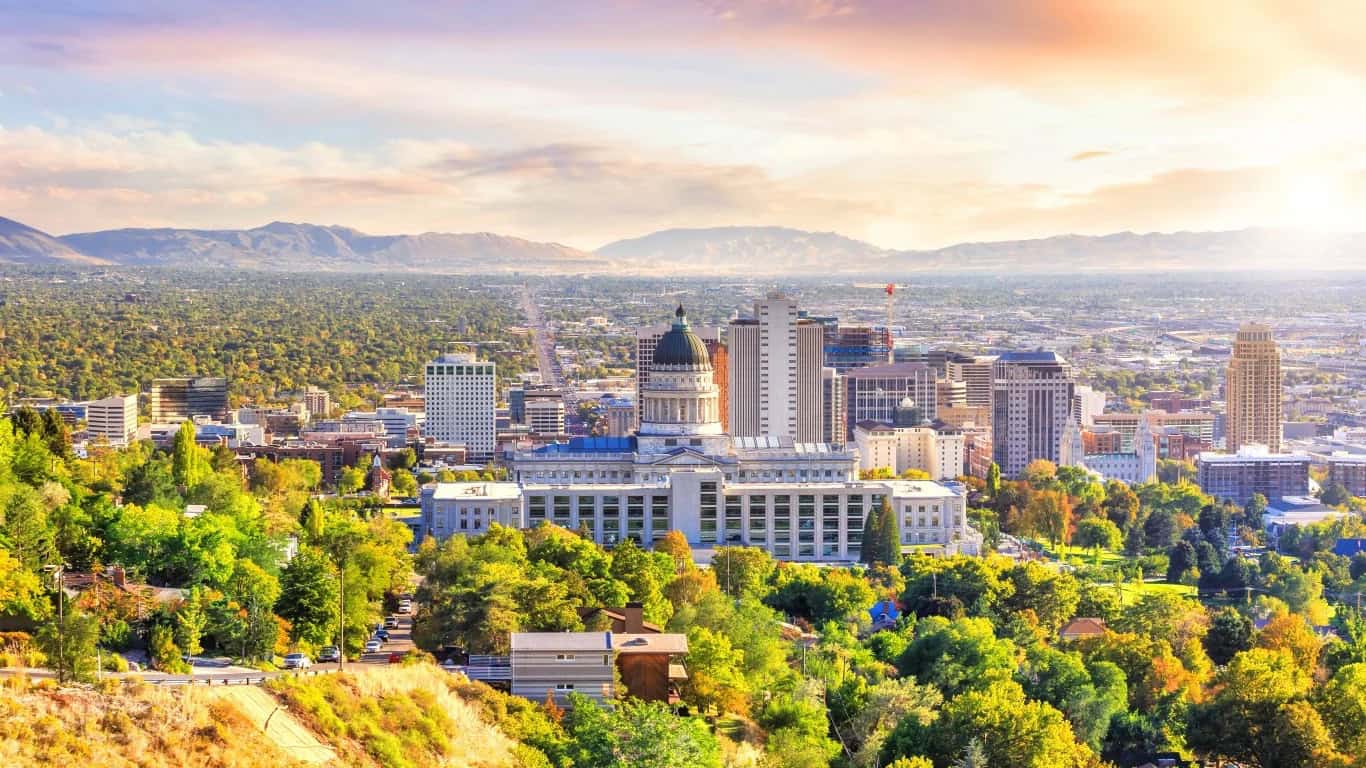
You don’t have to explore the outdoor beauty of Utah to visit the state. There are plenty of museums, cities, and important buildings that have nothing to do with hiking. One of these is the Utah State Capitol in Salt Lake City. The building is easy to spot. Construction first began on the Utah State Capitol on Dec. 26, 1912. It was completed around 1916 and was recently renovated from 2004 to 2008.
The building has five floors and a height of about 285 feet. Other buildings near the Utah State capital include the State Office Building, House Building, Council Hall, and Senate Building. You can tour the grounds, the Capitol’s art collection, or visit the Pioneer Museum.
Dinosaur National Monument
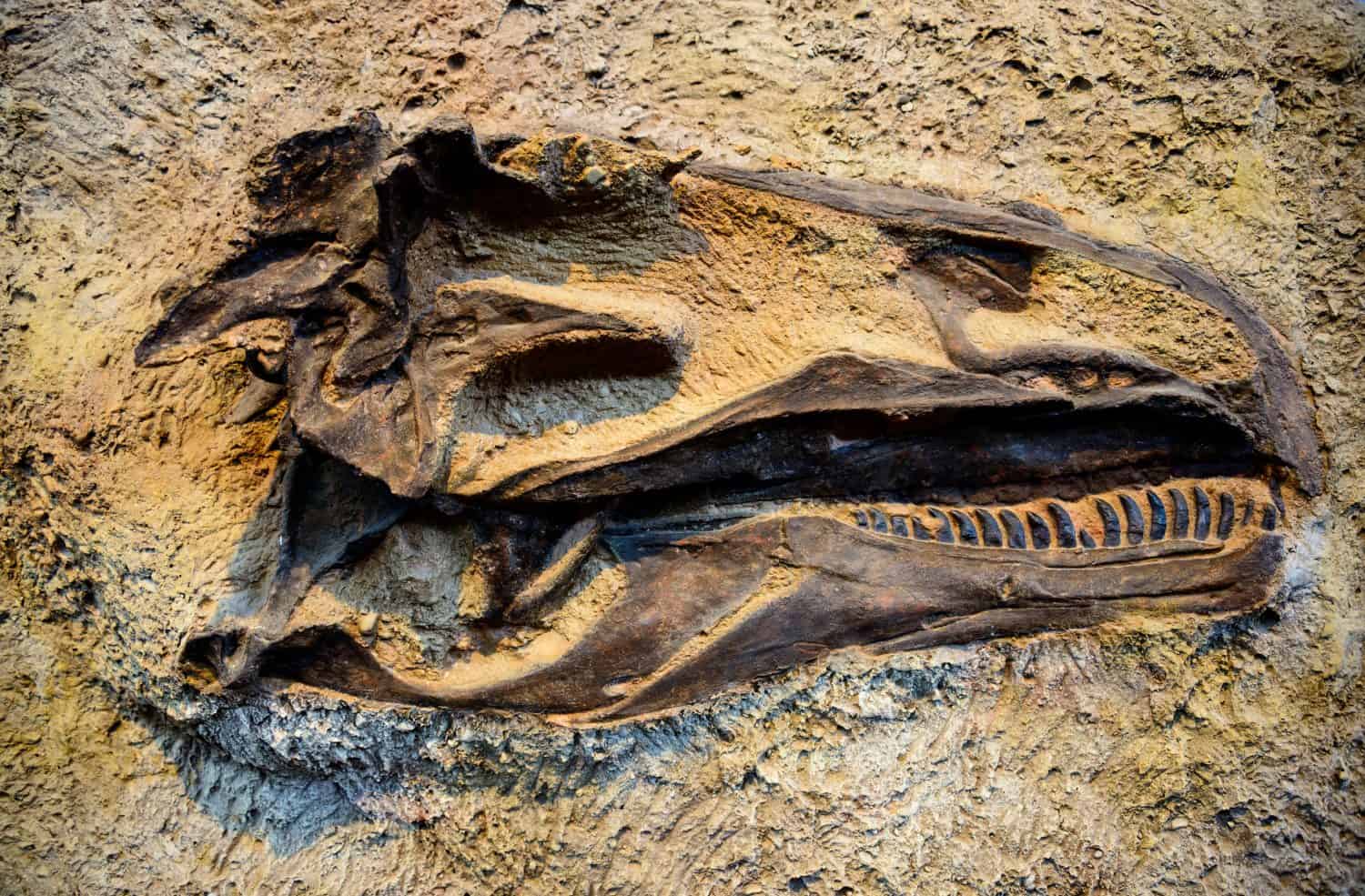
There is just something so cool and fascinating about dinosaurs. It’s hard to imagine that millions of years ago they roamed the earth. Did you know in Utah, you can see old dinosaur fossils? One of the best places to see dinosaur fossils is Dinosaur National Monument. This American national monument is in Moffat County, Colorado, and Uintah County, Utah. It’s massive, with a surface area of 210,844 acres.
Dinosaur National Monument deserves love. It receives less than 500,000 visitors a year and offers so much to see. Not only can you see dinosaur footprints throughout the park, but also stargaze. Dinosaur National Monument is an International Dark Sky Park.
Kanab
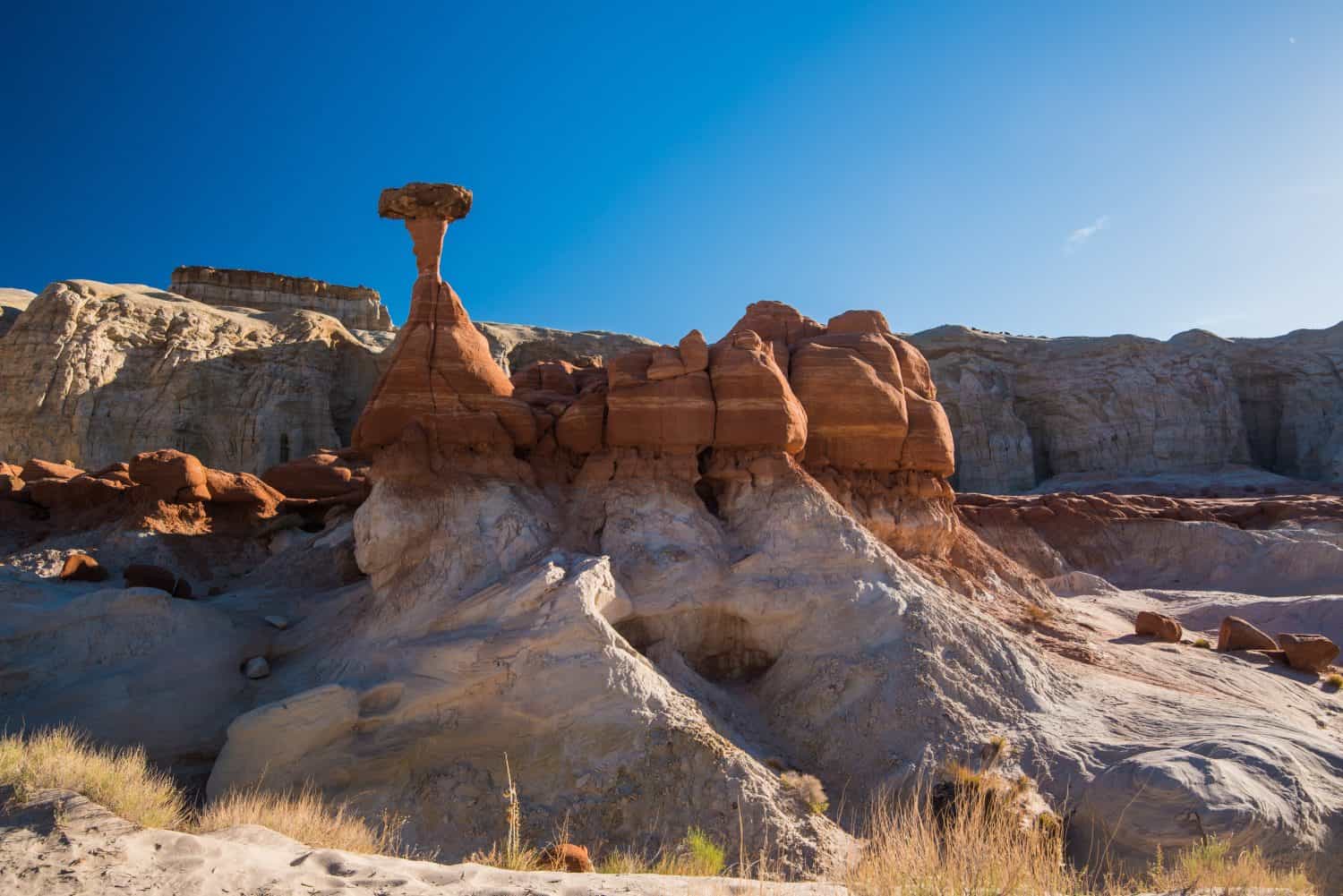
Another Utah city to make our list is Kanab. It was settled in 1870 and incorporated as a city in 1935. The surface area of this vibrant city is 14.47 square miles. Although a popular city to visit, it only has a population of around 4,600.
So, what is there to do and see in Kanab? This city is filled with museums and canyons and is near countless national and state parks. Near Kanab is the breathtaking Buckskin Gulch which you can hike. Also in or near Kabab are the Glen Canyon Dam Visitor’s Center, Best Friends Animal Sanctuary, and Kanab Visitor Center.
Great Salt Lake
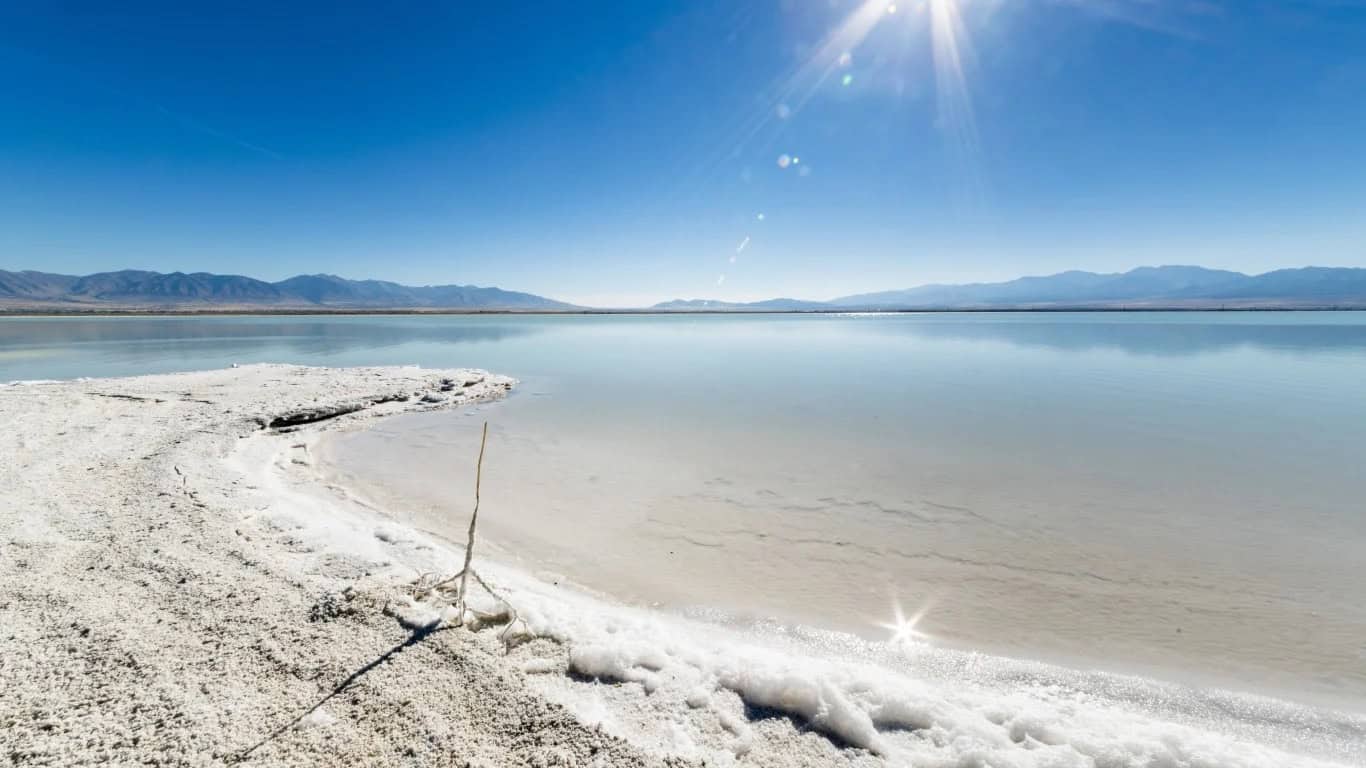
When most people think of Utah, they picture the Great Salt Lake. The Great Salt Lake is a stunning sight. It’s the largest saltwater lake in the Western Hemisphere. The surface area of this beautiful lake is 950 square miles. It’s about 75 miles long and 28 miles wide. Although large, the Great Salt Lake isn’t too big. The average depth of this lake is 16 feet, while the maximum is around 33 feet. The maximum depth range as the highest was 45 feet in 1987.
There is so much to do in the Great Salt Lake. For instance, Antelope Island State Park is within the lake. It’s one of the most popular parts of the lake to visit for its stunning views and hiking opportunities.
Cedar Breaks National Monument
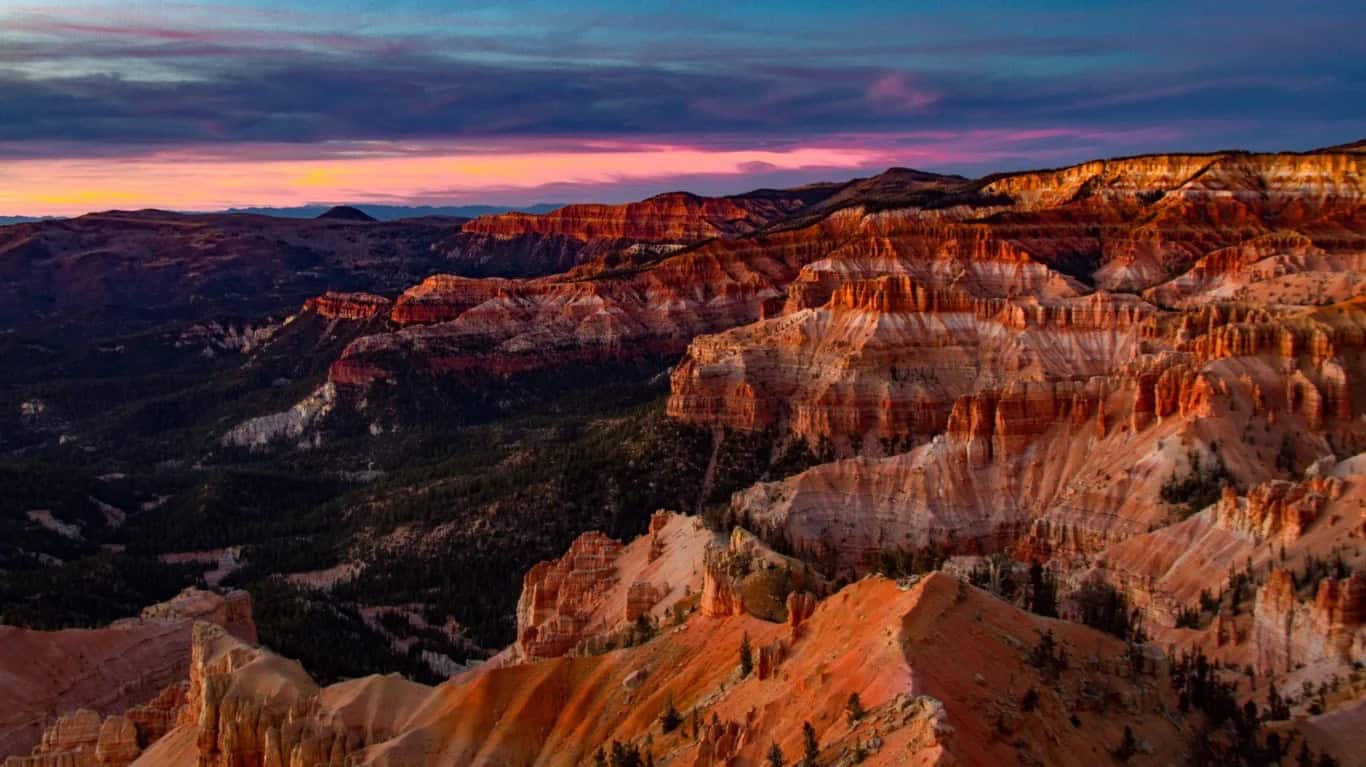
Continuing our list of must-see destinations in Utah right now is the absolutely breathtaking Cedar Breaks National Monument, a natural, bright, and colorful amphitheater about 3 miles wide. This natural amphitheater has a depth of around 2,000 feet. To better see the Cedar Breaks National Monument, visitors can hike nearby hiking trails and camp and the campground.
There is a lot of animal and plant diversity within Cedar Breaks. For instance, some plants you may see are limber pine, yellow evening primroses, plantainleaf buttercup, and aspens. Some animals that live within Cedar Breaks National Monument are mountain lions, pocket gophers, mule deer, common ravens, and violet-green swallows.
Capitol Reef National Park
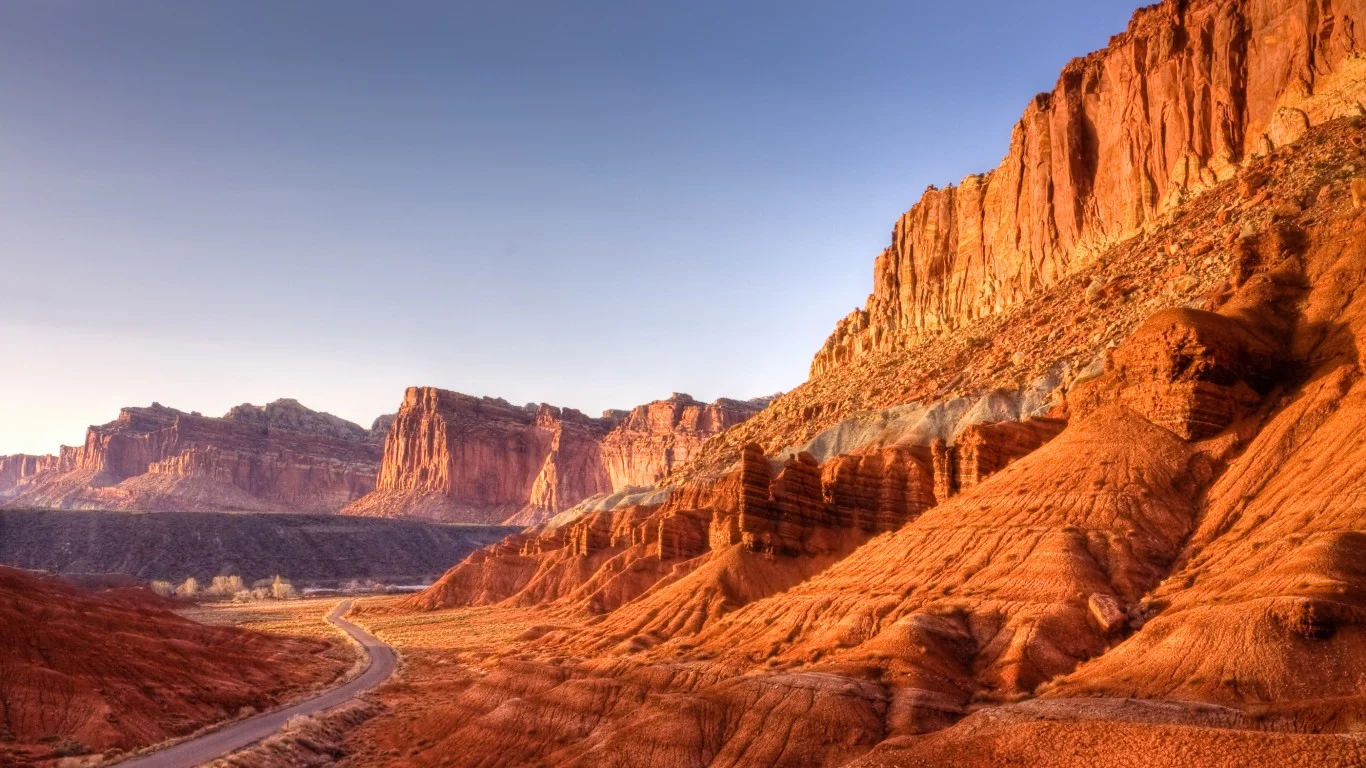
The final national park on our list is the Capitol Reef National Park. It’s in south-central Utah and is filled with canyons, monoliths, and buttes. The park is fairly young, having been established on Dec. 18, 1971. It has a surface area of 241,904 acres and sees about 1.2 million visitors a year.
You can enjoy so many activities at the Capitol Reef National Park. For instance, there are plenty of hiking, biking, driving, and camping opportunities. One of the longest, but most scenic hiking trails is the 22-mile Halls Creek Narrows. This trail takes about two to three days to complete. Another beautiful hiking trail is the Brimhall Natural Bridge trail. It’s a 4.5-mile loop that is moderately challenging. Visitors don’t have to travel through this national park on foot. There are also scenic drives.
Grand Staircase-Escalante National Monument
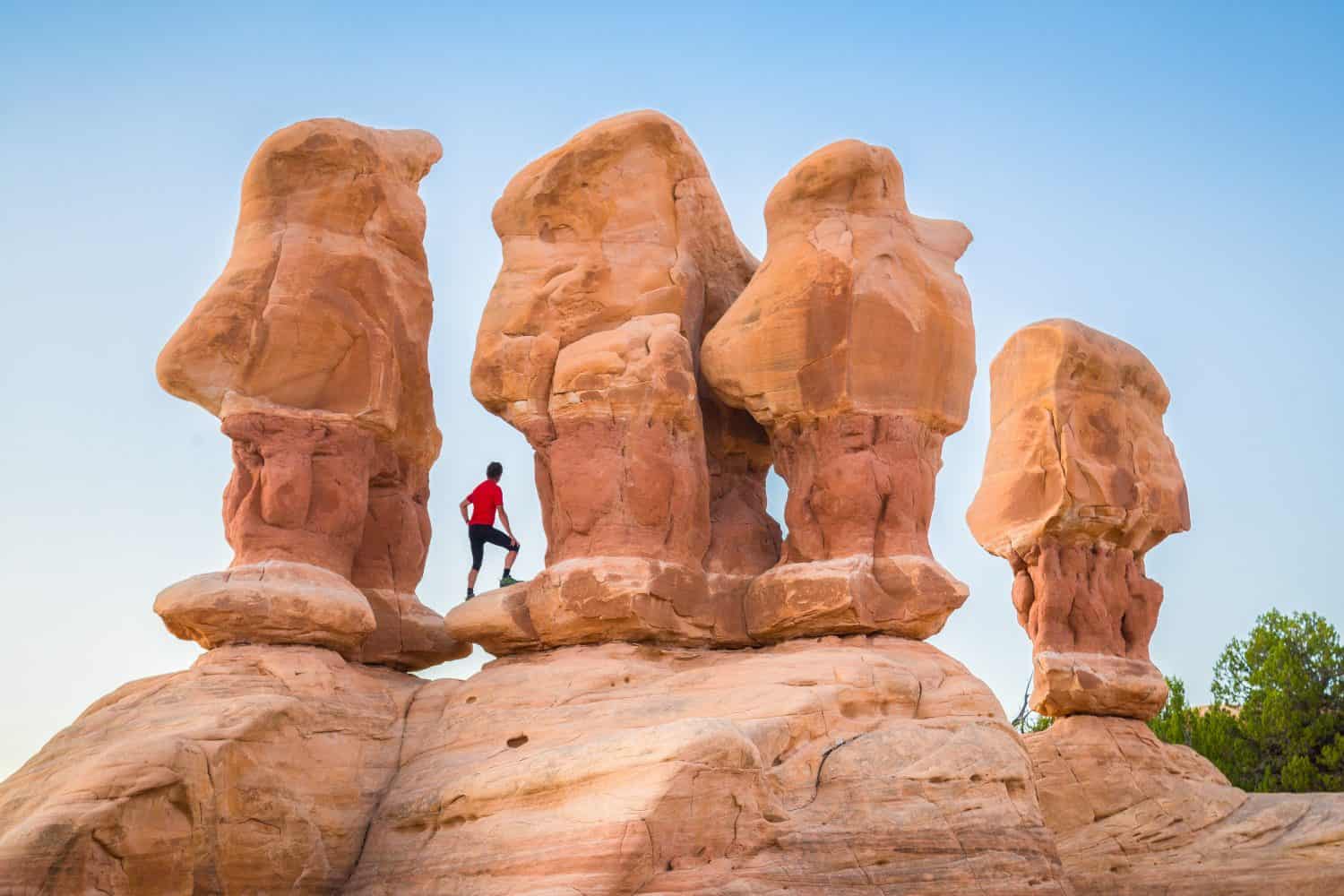
Another national monument to make our life of the must-see destinations in Utah is the Grand Staircase-Escalante National Monument. This gorgeous national monument protects the Grand Staircase. The surface area of this national monument is 1,870,000 acres. It was established on Sept. 18, 1996.
You can see this colorful monument while driving on the All-American Road: Scenic Byway 12. It’s remote, and quiet, and also protects the Escalante Canyons and the Kaiparowits Plateau.
Coral Pink Sand Dunes State Park
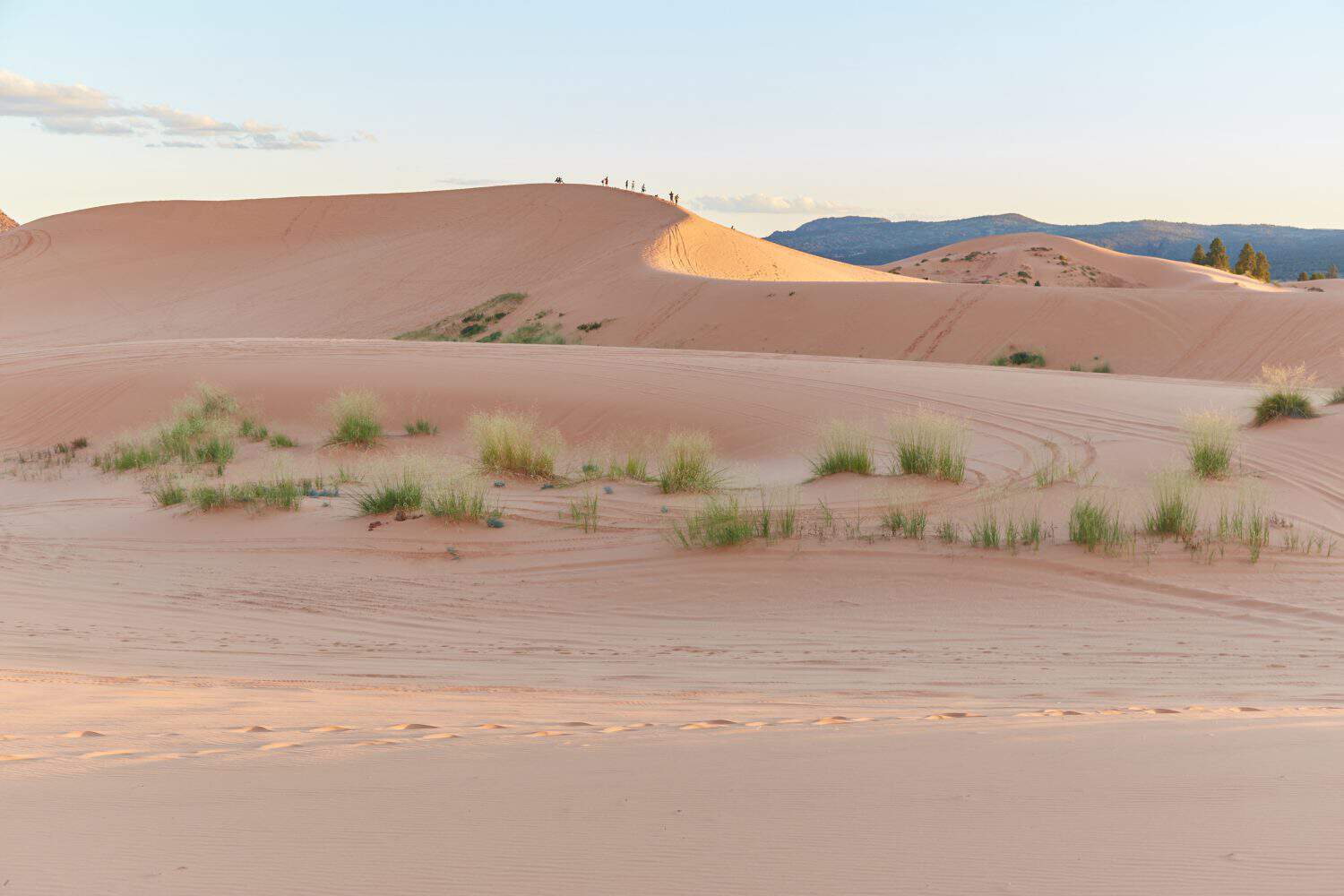
Last but not least is the Coral Pink Sand Dunes State Park. This lovely and unique state park features red and pink sand dunes that almost look like ocean waves. Coral Pink Sand Dunes State Park is between Mount Carmel Junction and Kanab.
The surface area of this park is 3,730 acres. It was established as a state park in 1963. Despite its pink and red beauty, the park only sees around 200,000 visitors a year. Animals that live in Coral Pink Sand Dunes State Park include common sagebrush lizards, Coral Pink Dunes June beetles, western whiptails, common ravens, bumble flower beetles, and long-nosed leopard lizards. (Utah’s neighbor Nevada is also filled with lots of things to see. Click here to discover 20 must-see destinations in Nevada right now.)